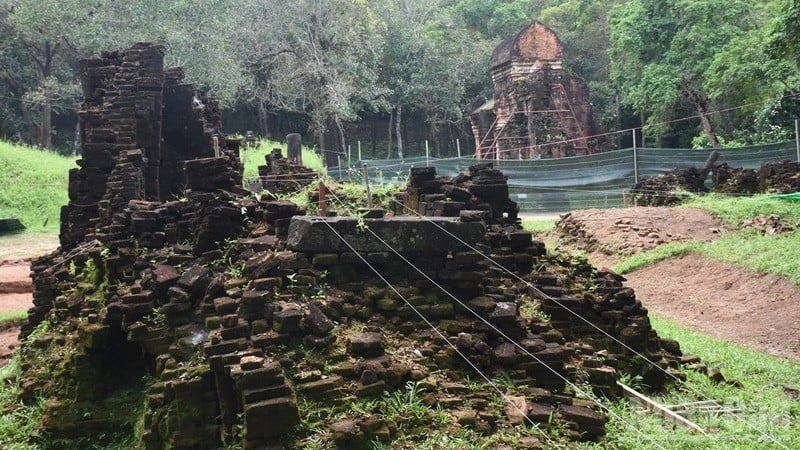
Previously, on May 6, the Ministry of Culture, Sports and Tourism allowed the My Son World Cultural Heritage Management Board to coordinate with the Institute of Archaeology (Vietnam Academy of Social Sciences), the Institute of Monuments Conservation, the Institute of Archaeology and the CM Lerici Foundation (Italy) to conduct archaeological excavations at Group L, My Son Temple Complex.
The excavation period was from May 9 to July 30 with an allowed excavation area of 150 square meters. The excavation was led by Dr. Nguyen Ngoc Quy, Institute of Archaeology.
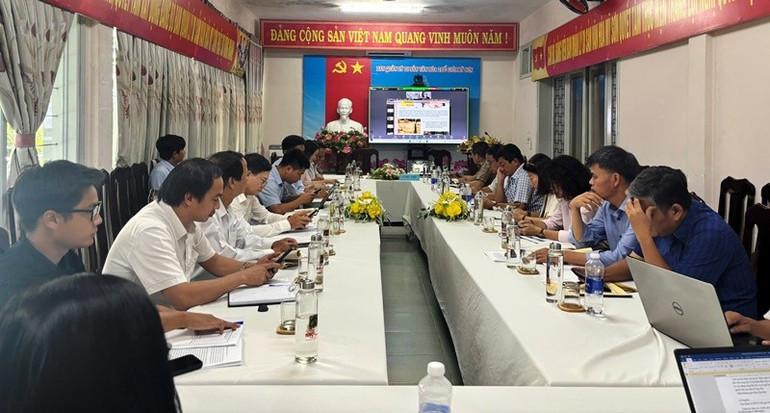
This excavation aims to expand the survey area of Group L to include the eastern hillside; conduct a partial excavation to collect more data on the Group L area, especially clarify the brick wall component structures surrounding the L1 and L2 structures.
Continue to study and classify the roof tile morphology of the L1 and L2 structures, as well as related ceramic artifacts; Remove collapsed parts both inside and outside the L1 structure; Complete the final drawings for the project proposal for the preservation and restoration of architectural components in group L.
Since the beginning of the 20th century, the site of this group was recorded by Henri Parmentier (French Institute of the Far East) as a long, tiled room with two opposite openings. This is the second excavation in this area after the first excavation in 2019.

After 2 months of excavation, new excavation pits were opened and systematic stripping of collapsed material layers inside and around the L1 structure was carried out to reveal architectural features as well as study the sequence of collapse and the transformation process of the relic over time.
The excavation also uncovered many pieces of pottery and various types of roof tiles lying on the ground and walkways around L1. The dissection work also revealed the destruction caused by nature and bombs during the war. The wooden roof structure with tile roof collapsed in the early stages and the walls collapsed later mainly due to bombs during the war.
Based on initial studies, archaeologists believe that the architecture of this area dates back to the late 13th century and may have been in use until the early 14th century. The entire Group L area needs to be protected in its entirety for a long time, ready to contribute to promoting its value.
Source: https://nhandan.vn/da-nang-cong-bo-ket-qua-so-bo-khai-quat-nhom-thap-l-tai-khu-den-thap-my-son-post898500.html


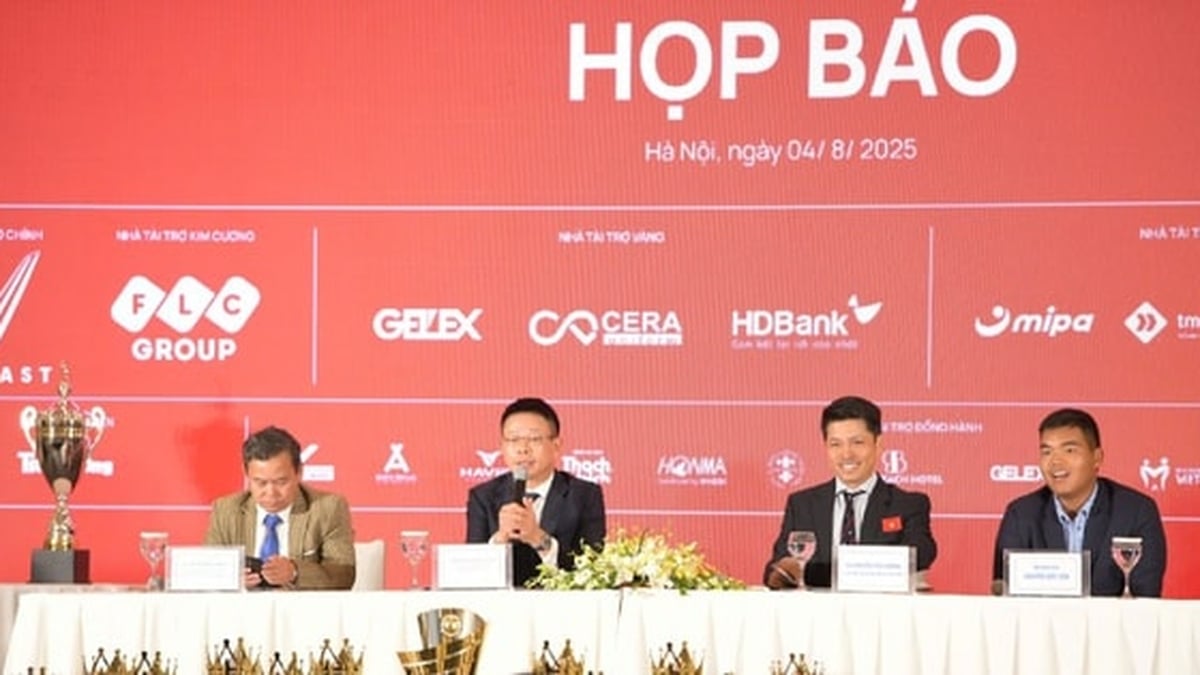

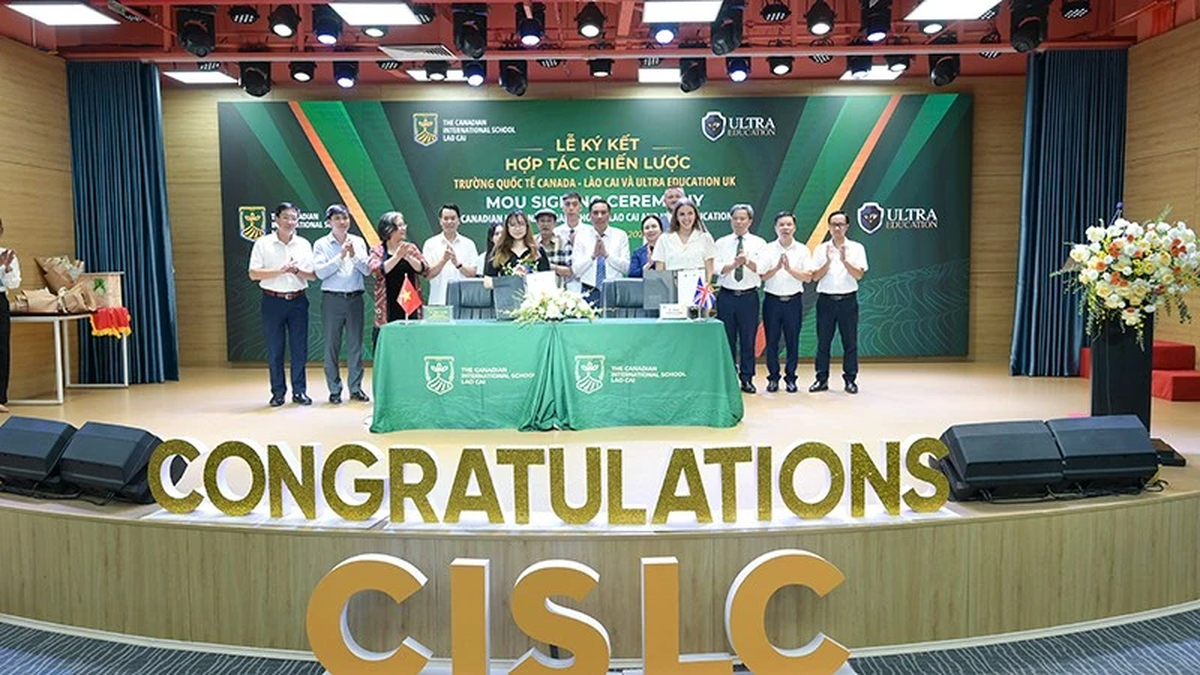
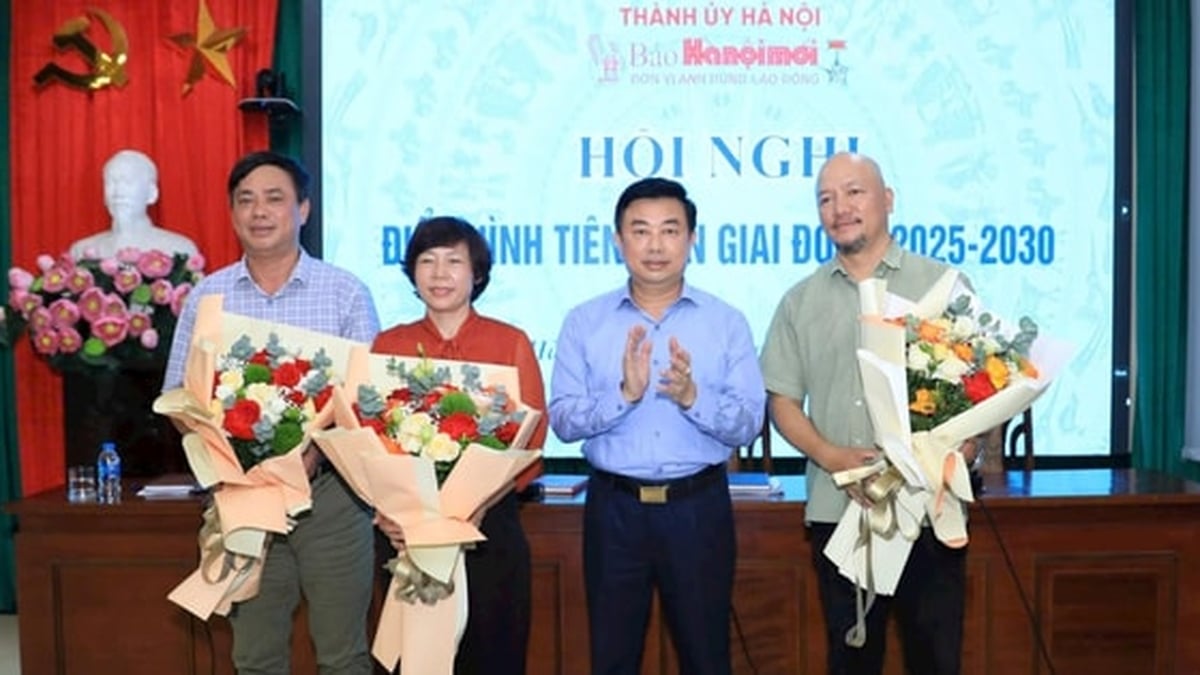
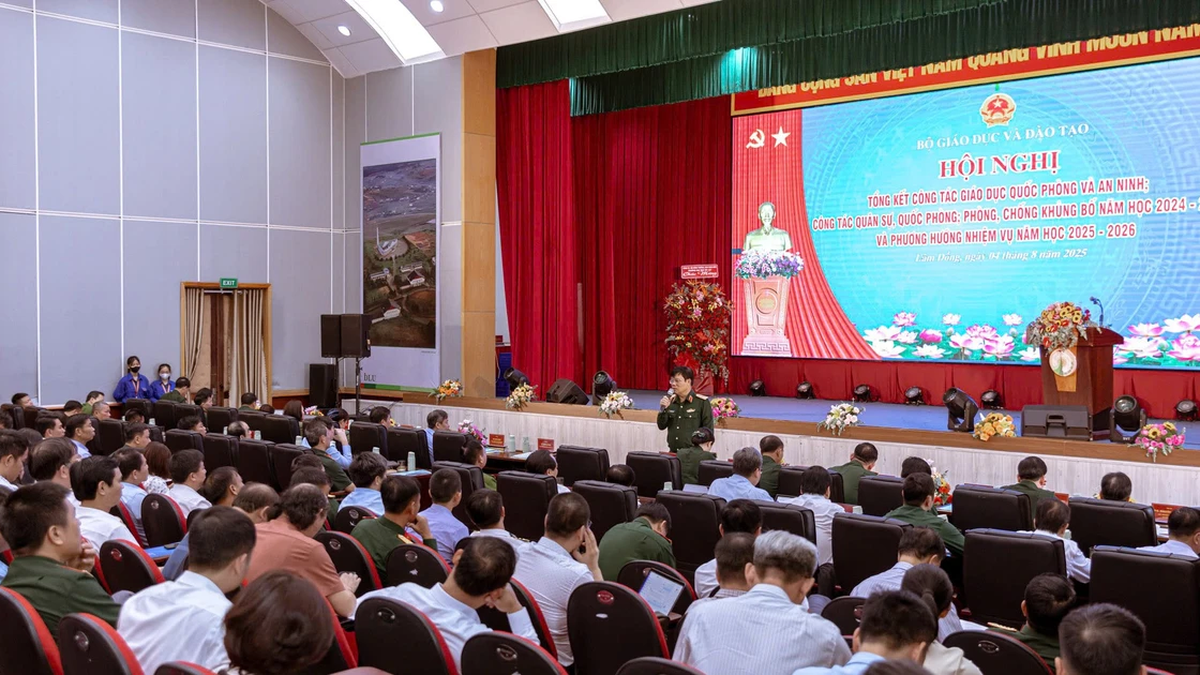


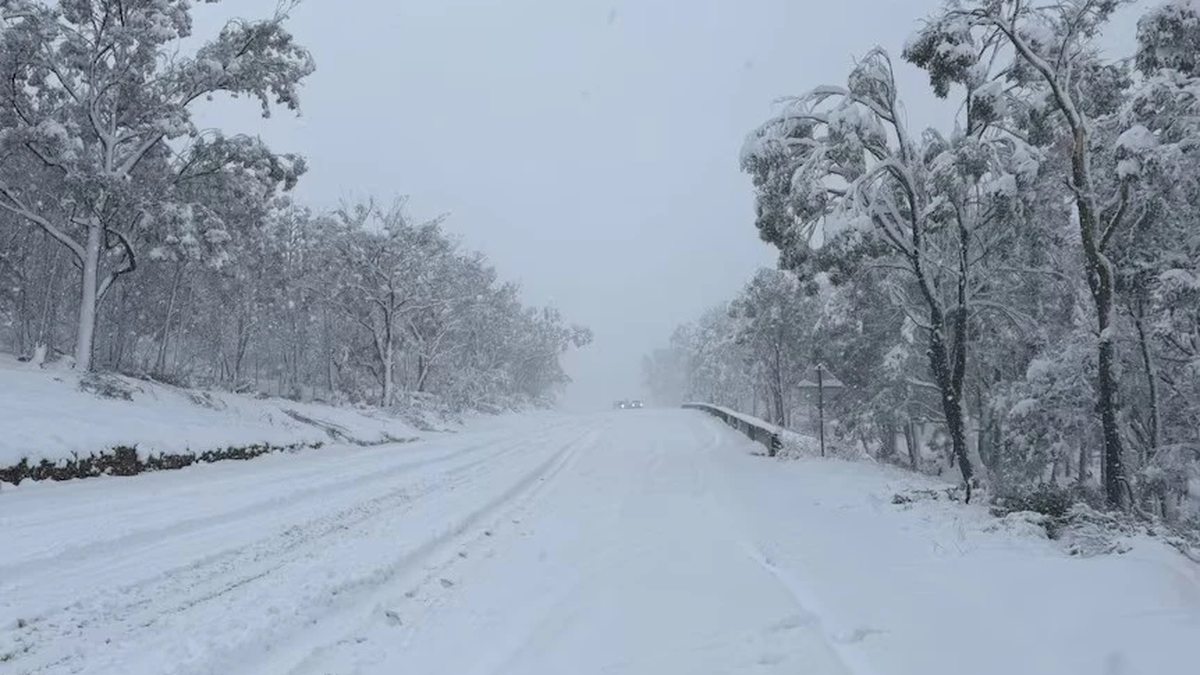













































![[Maritime News] Two Evergreen ships in a row: More than 50 containers fell into the sea](https://vphoto.vietnam.vn/thumb/402x226/vietnam/resource/IMAGE/2025/8/4/7c4aab5ced9d4b0e893092ffc2be8327)







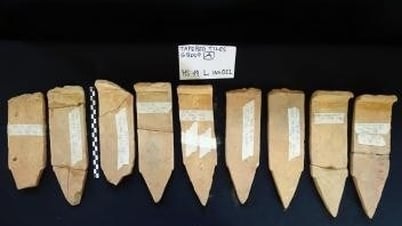

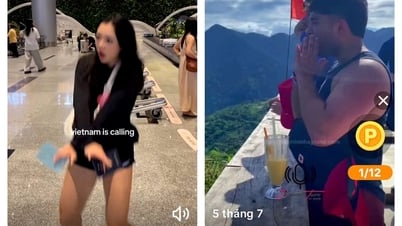
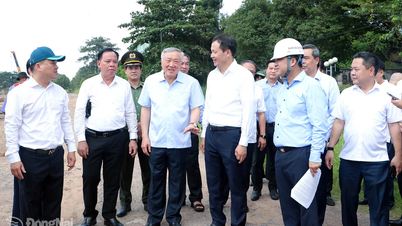




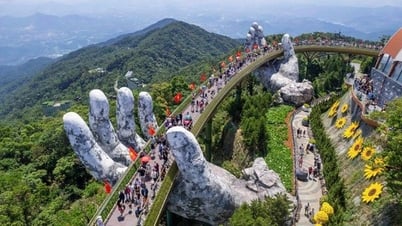


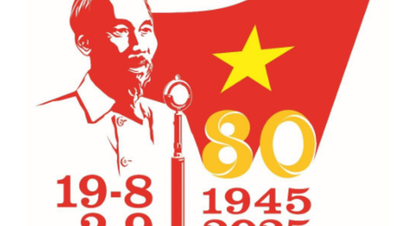


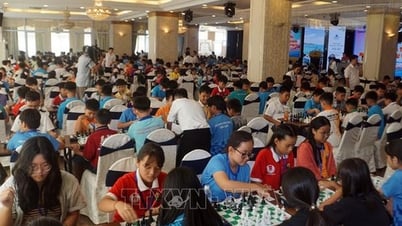


















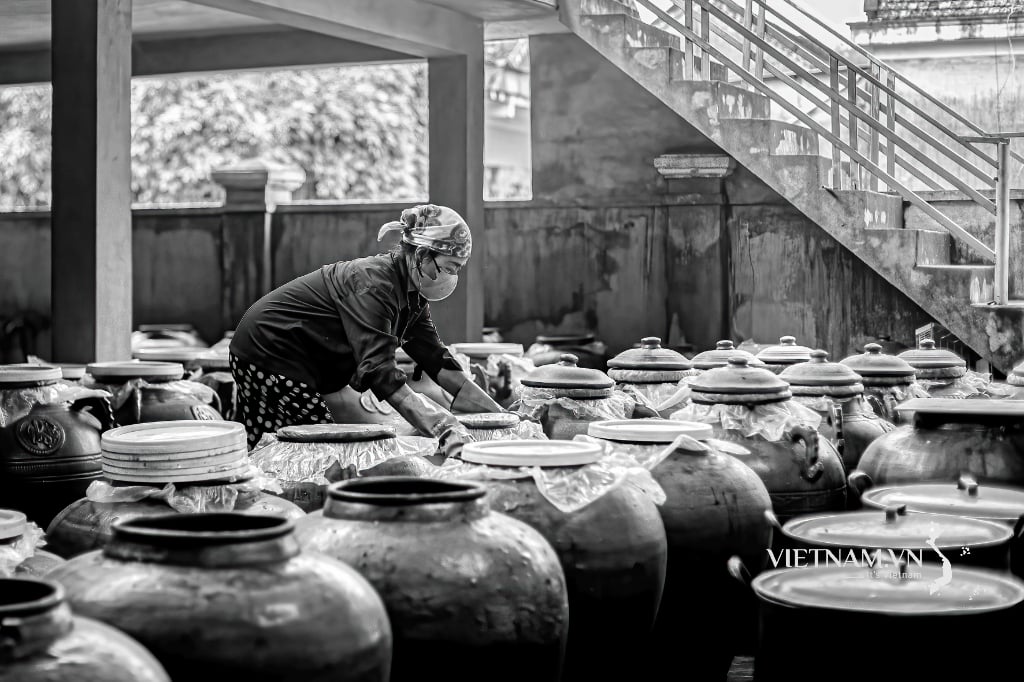
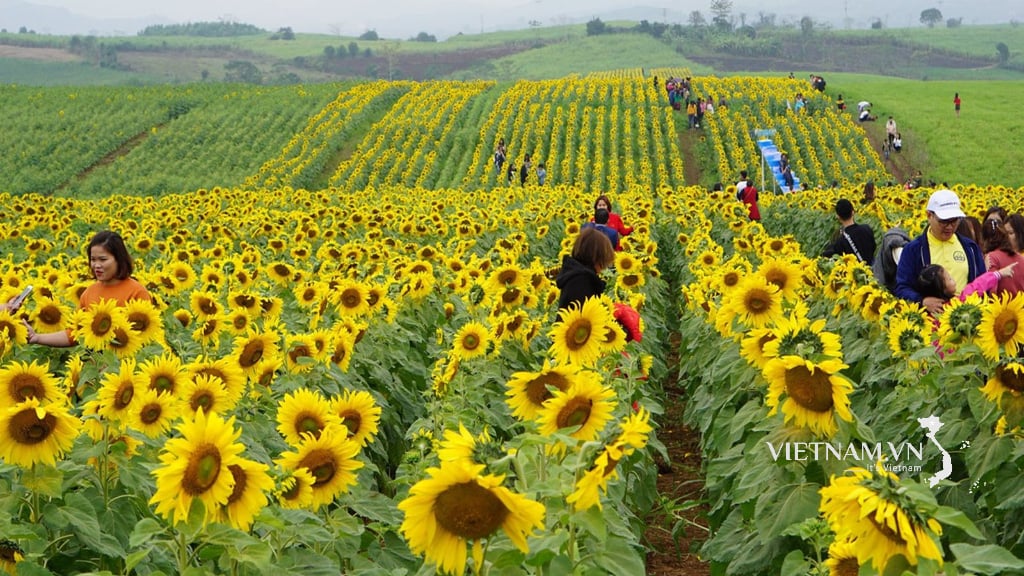

Comment (0)